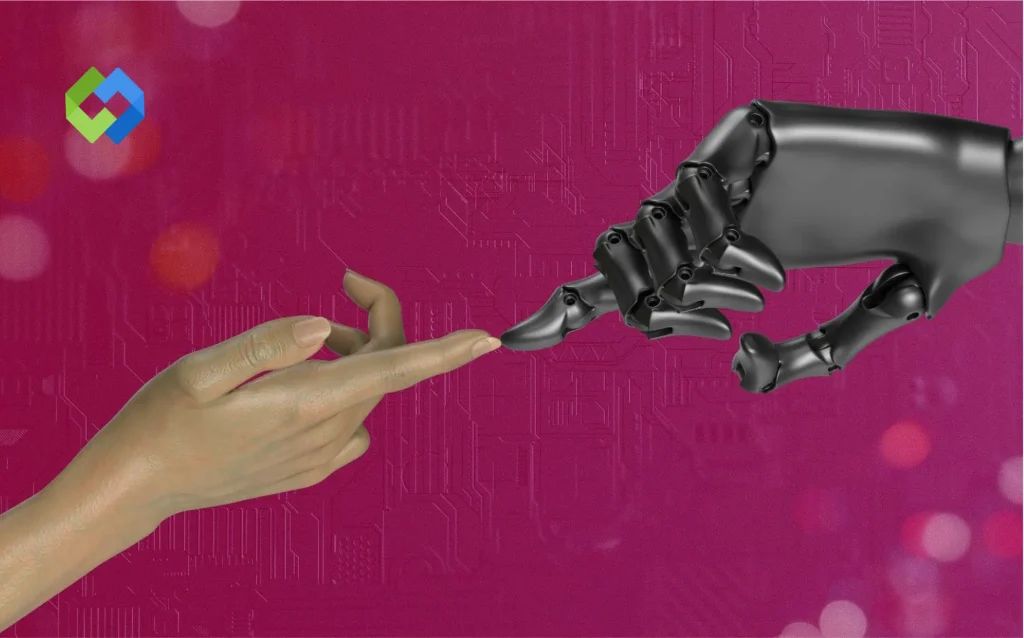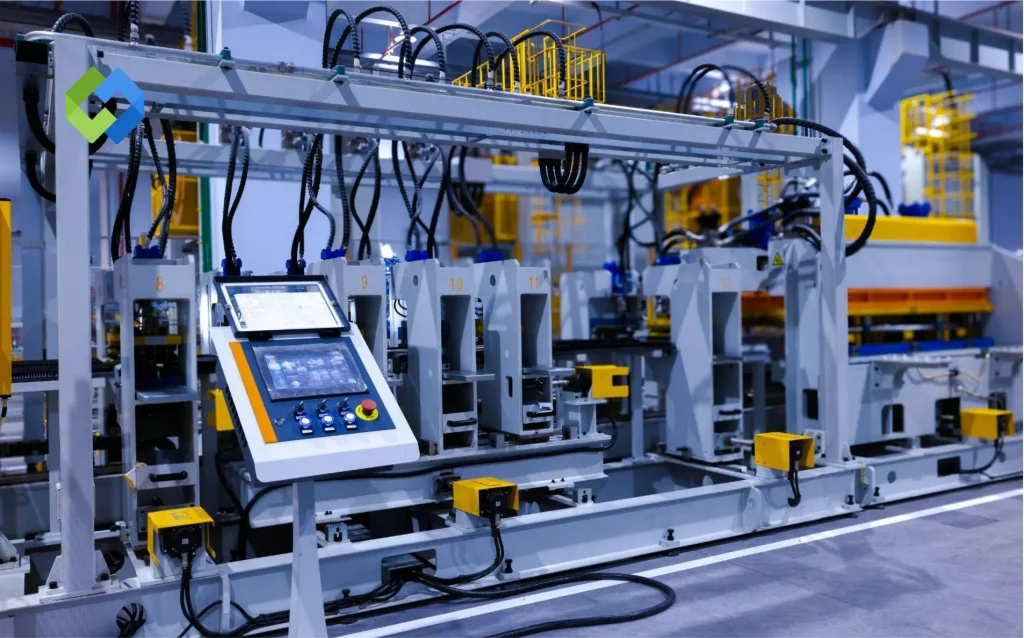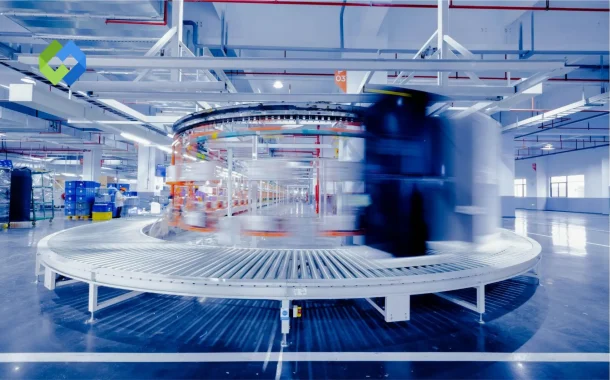Today’s warehousing and inventory management reminds of a living system — data-driven, sensor-filled, algorithmically timed ecosystems that know more about what’s inside them than their managers sometimes do.
Table of Contents
Table of Contents
The Shift: From Storage to Intelligence
Warehouses used to just hold stuff. Now, they decide what happens next. Inventory doesn’t sit quietly anymore. It reports its temperature, tracks its shelf life, tells you when it wants to move. That’s the beauty of automation: the warehouse has stopped being the last step and become the brain that keeps the rest of the business awake.
The global warehouse automation market is projected to hit nearly $60 billion by 2030, growing at around 18% a year.
And that’s not just e-commerce. Manufacturers, retailers, even food suppliers are re-engineering how they move things. They’re not chasing speed for its own sake, but are chasing predictability, visibility, and adaptability.
Because if the last few years taught anyone anything, it’s that supply chains don’t like surprises.
Humans Aren’t Out, They’re Just Upgraded
There’s always this fear that automation is the villain, quietly plotting to replace everyone with machines. It’s a lazy narrative. The truth is more complicated and, frankly, more interesting.
Automation has shifted warehouse jobs, not erased them. Manual picking has turned into system supervision; paperwork has turned into data validation.
Instead of “pick, pack, repeat,” workers now manage robot fleets, interpret dashboards, and troubleshoot workflows.
It’s less muscle, more mind. And let’s be honest, that’s a decent trade.
Yes, there’s still friction. Robots break down, sensors misread, humans get impatient. But that friction is how progress learns. Automation doesn’t run perfectly, it iterates, much like people do.

The Real Game: Integration
The smartest warehouses aren’t just filled with tech — they’re linked. Every piece of hardware, software, and human process needs to talk to each other in real time. That’s where the real transformation is happening.
You can have a dozen clever systems, but if they don’t speak the same digital language, you’re just watching expensive equipment argue with itself.
That’s why companies like Webzeto, known for building connected, data-driven platforms and seamless backend integrations, have become increasingly relevant outside of web design. The same logic that keeps an online store running smoothly can make a warehouse ecosystem run like a single, coordinated organism. When systems sync, errors shrink.
Integration is the quiet revolution in logistics. Everyone talks about robotics, but it’s the software bridges that actually hold the operation together.

When Efficiency Becomes Strategy
Automation used to be about cutting costs. Now it’s about winning long-term. The fastest fulfillment center isn’t necessarily the one with the most robots, but the one that can see the furthest ahead.
That’s where predictive analytics, AI-assisted replenishment, and real-time visibility change the game. You’re no longer reacting to shortages; you’re preventing them before they exist. You’re not hiring more people to chase demand; you’re giving your existing team the data to handle it smarter.
Automation, at this stage, isn’t about replacing humans, but it’s about extending what they can see and anticipate.
What Modern Warehouses Are Getting Right
The best warehouses aren’t chasing shiny tech or buzzwords but rather focusing on what quietly works. And it’s not a single thing, but a few different ones that are done right.
● Predictive analytics: Smarter forecasting tools are helping teams prepare for demand instead of scrambling after it. It’s less guesswork, more foresight.
● Real-time visibility: Everything — inventory, routes, downtime — now lives on a single dashboard that updates by the second. Fewer spreadsheets, fewer surprises.
● Flexible automation: Robots that can scale up for the holiday rush and slow down when things calm — efficiency with a pulse.
● Cross-training people: Workers aren’t just “operators” anymore; they’re system managers, problem-solvers, and translators between tech and reality.
● Sustainability tracking: Energy use and packaging waste are being measured and managed, not just mentioned in reports.
The Bottom Line
Warehouses used to live in the background. Now they’re in the boardroom, driving decisions, shaping margins, and setting the pace for entire industries.
Automation didn’t kill the warehouse; it gave it consciousness.But one thing’s certain: the warehouse has stopped being a place that just stores products. It’s become a place that stores intelligence. And that’s a change worth keeping.













